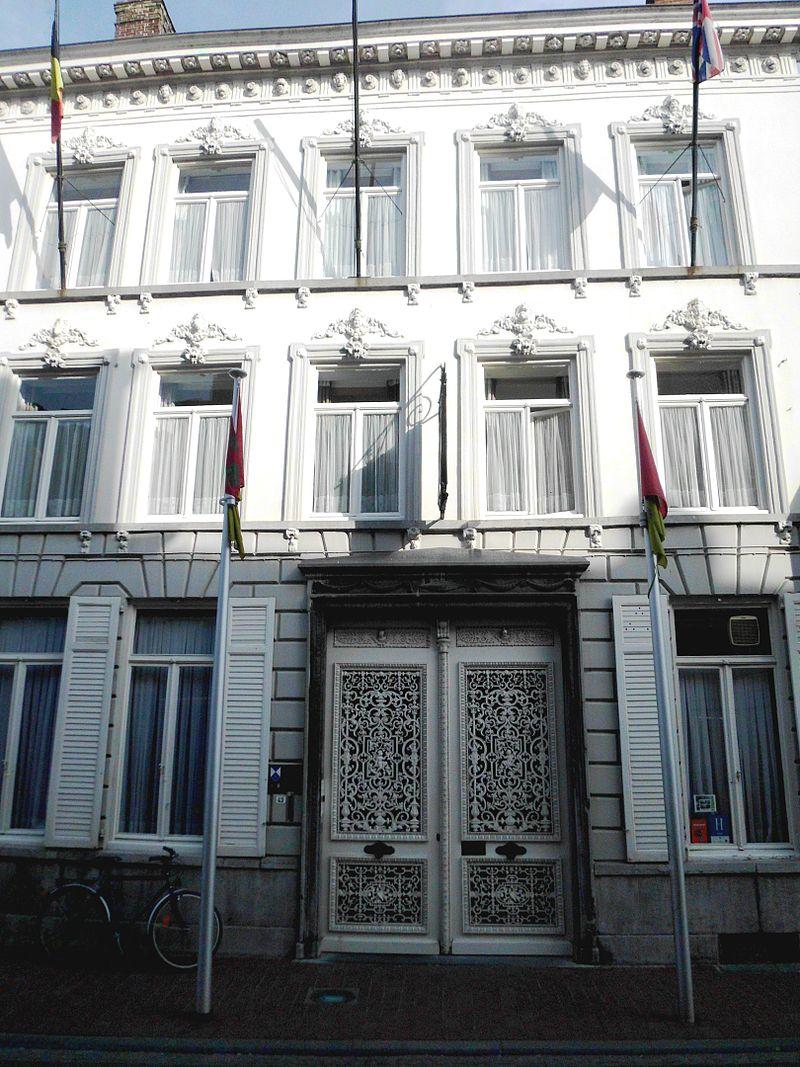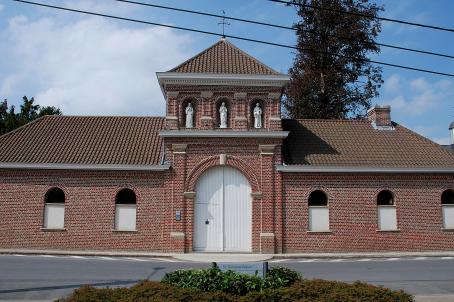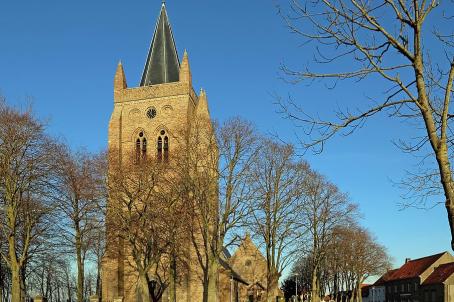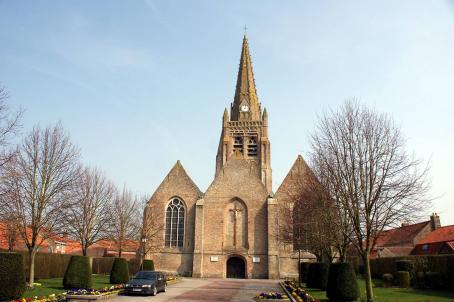Talbot house
Talbot House was built in the 18th century. In 1911, the house was bought by a local banker who left the house after it was bombed by a German shell in 1915. Soon thereafter, the house was rented to the 6th division of the British army. Chaplain Philip “Tubby” Clayton decided to use the building as a soldier’s club. At first it was called “Church House” but the eventual name became “Talbot House”, after Gilbert Talbot, a young man who died on 30th July 1915. Chaplain Clayton was in charge of the clubhouse. He made sure that it felt like a ‘home away from home’, regardless your rank or status. On the attic, he made a church where soldiers could find peace, quiet, pray and go to mass.






